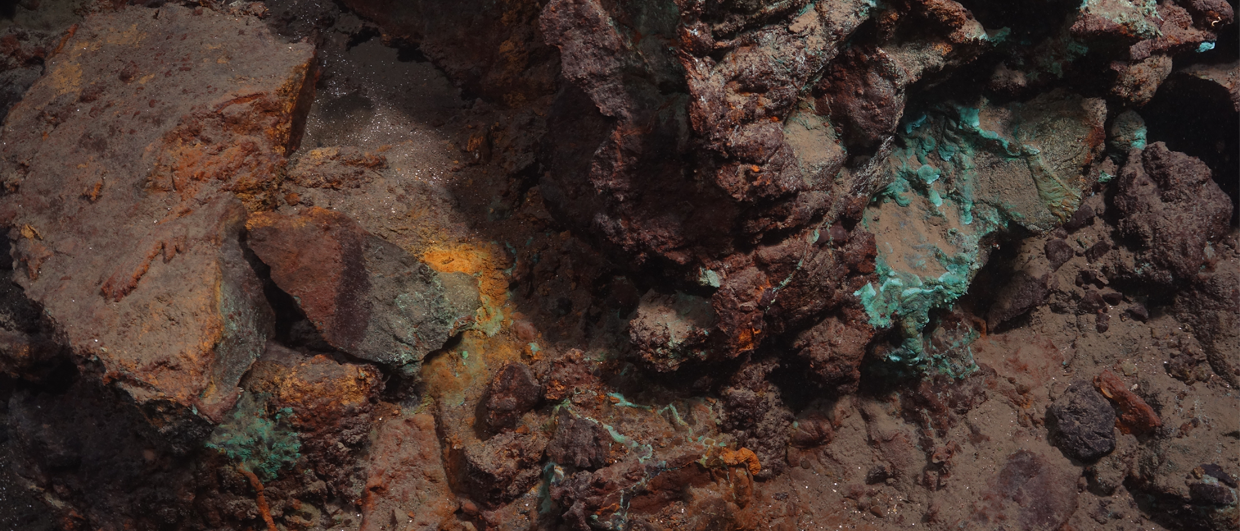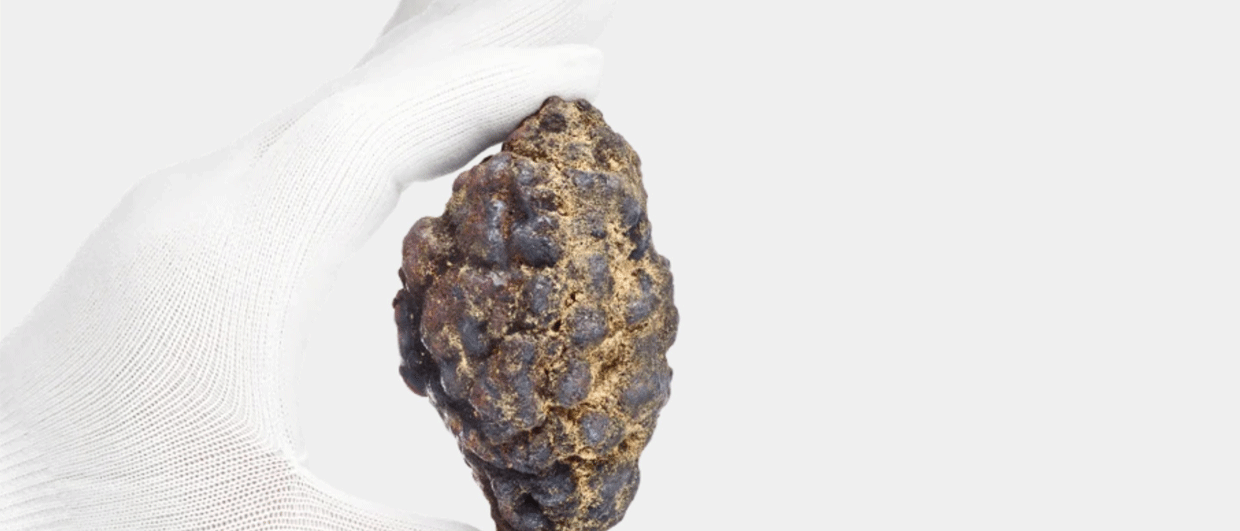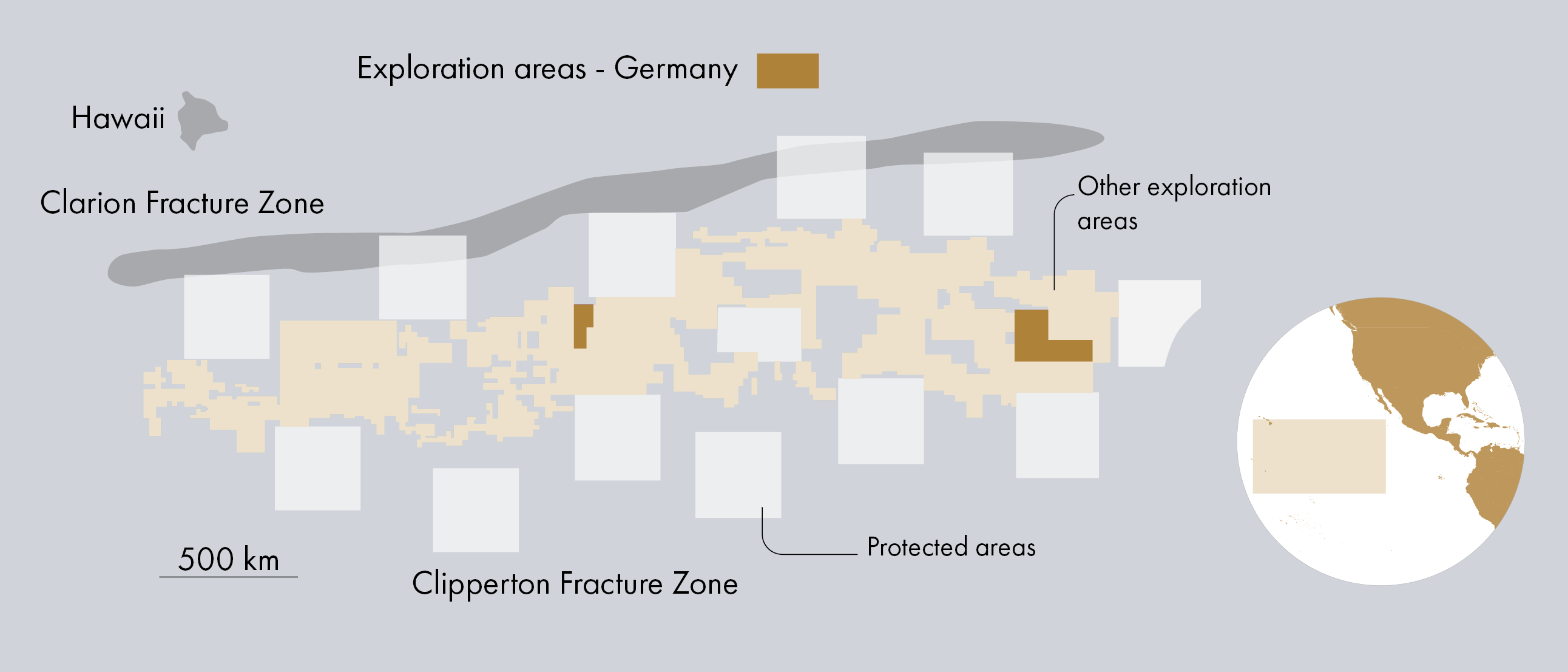“We have been busy,” confirmed Hilde Braut, Deputy Director for New Industries at the Norwegian Offshore Directorate (NOD), when she gave a lecture at the Deep Sea Minerals 2025 conference in Bergen.
Braut pointed out that the directorate, in collaboration with the universities of Bergen and Tromsø, conducted three expeditions in 2024, and so far in 2025, they have completed two more.
When so much mapping is carried out, it is no surprise to see that the odd discovery is made as well.
During the latest expedition in March, a new sulphide deposit was confirmed and sampled. The deposit, which is named Gygra, is located on the Knipovich Ridge about a kilometer southeast of Jøtul, an active hydrothermal spring that was discovered in 2022. A total of 53 samples were collected using the Ægir 6000 submersible’s grapple arm.

A key mineral
Braut said that the samples have so far been analyzed using a measuring instrument (handheld XRF) on board the ship. The preliminary results appear to be encouraging from an exploration and resource perspective.
“The analyses indicate that the material has a copper content of between 2 and 30 %, with an average of 5 %,” said Braut.
She pointed out that the presence of the mineral atacamite is a confirmation of the high copper content in the deposit. The same mineral was also detected at the Grøntua sulphide deposit on the Mohns Ridge. Grøntua was found last year.
Braut was not the only speaker to highlight atacamite at the conference in Bergen. A research team at the University of Southampton has, in recent years, conducted research at the Semenov sulphide fields along the mid-ocean ridge in the Atlantic Ocean.
Their research so far has shown that atacamite in the upper, weathered part of the sulphides at the seafloor is a good indicator of the presence of copper in deeper layers.
PROSPECTIVE, BUT REQUIRES MORE RESEARCH
Recent expeditions in the Norwegian Sea have clearly shown that the Norwegian part of the mid-ocean ridge is very prospective in terms of sulphide resources. The list of known deposits is growing steadily, and of the deposits that have been sampled, the metal contents are often higher than what we typically see in deposits that are mined on land.
However, it is still an open question whether any of them will be viable. Single samples taken from the seabed are not sufficient to establish a resource estimate. Drill cores are also needed to provide a sufficient statistical basis for the ore bodies in three dimensions.




